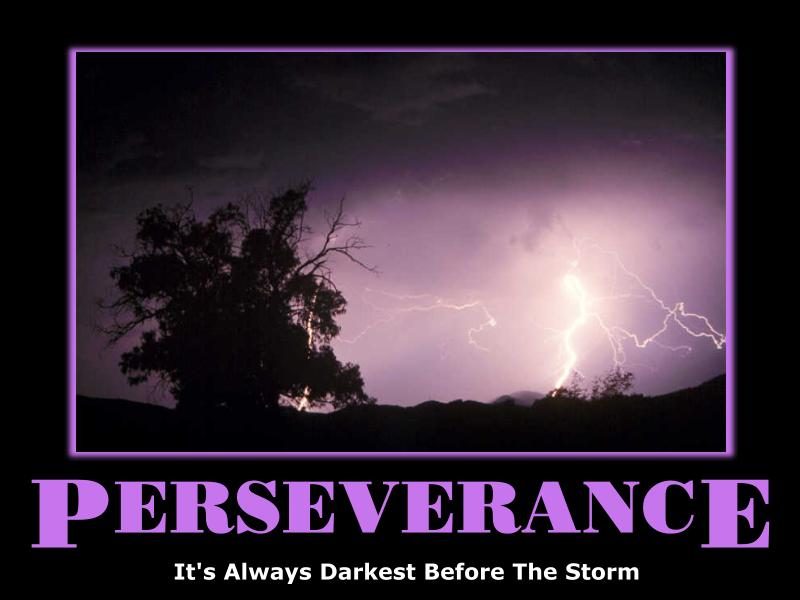
Besides physics review on Sunday, I went to an event on Saturday. For no apparent reason at all, I decided to wear my class ring to the event. Everyone kept commenting on how pretty the cut was, and I got to thinking.."Why is it like that? What makes them so pretty?" Well after a bit of "optical" thinking I came to the conclusion that it was due to light! The top surface of the stone was cut flat, so that you could actually see into the stone, but the sides were cut at very interesting angles. They were triangles that were angled up and down. This was the key as to why the stone sparkled in the light. Light coming from sources, when they hit the sides, were bent into the center point. When these points are all aligned, you get a brilliant display of lights. The alternating shape also helped to create variety, so that when the stone is turned in the light, you can see different beams, depending on the position of the light. Different displays or different cuts are all based on this concept. Of course, other gems and stones like onyx and pearl which are not transparent have a different method of creation. Of course this would probably take a long time to craft and a master craftsman would have to know how to compensate for indexes of refraction and angles. Pretty... Oh wait physics test coming up. I gtg study!







.jpg)



